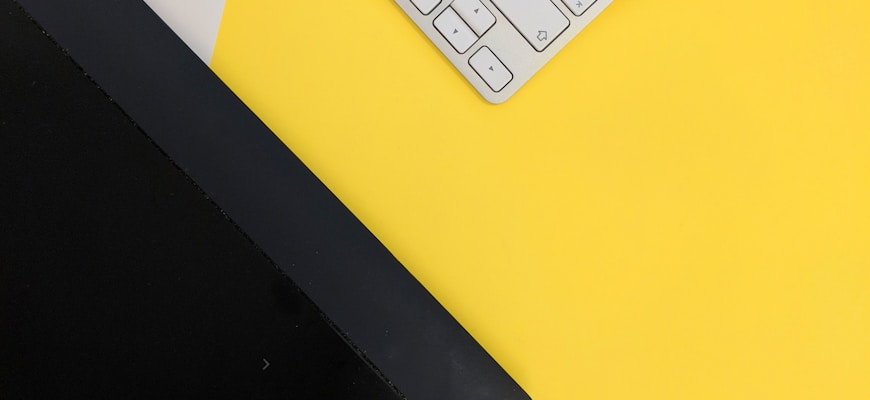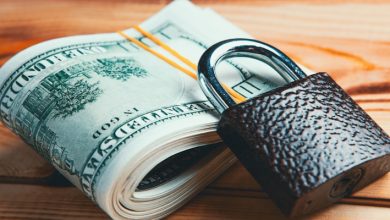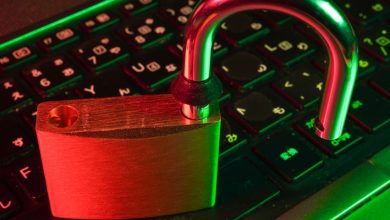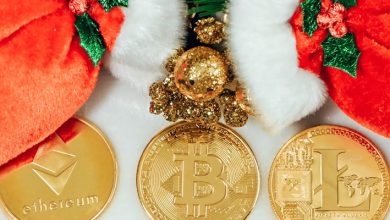Best Practices for Securing Your NFTs and Digital Assets

- Understanding the Risks Associated with NFTs and Digital Assets
- Implementing Multi-factor Authentication to Enhance Security
- Choosing a Secure Wallet for Storing Your NFTs
- Regularly Updating Your Security Measures to Stay Protected
- Avoiding Phishing Scams and Social Engineering Attacks
- Utilizing Encryption Techniques to Safeguard Your Digital Assets
Understanding the Risks Associated with NFTs and Digital Assets
When it comes to NFTs and digital assets, it is crucial to understand the risks associated with them. These unique tokens and assets are vulnerable to various threats that can compromise their security and value. By being aware of these risks, you can take the necessary steps to protect your investments and assets.
One of the main risks associated with NFTs and digital assets is the threat of hacking and theft. Hackers target these assets due to their high value and potential for profit. By gaining access to your digital wallet or NFT marketplace account, hackers can steal your assets without your knowledge. It is essential to use secure passwords, enable two-factor authentication, and keep your private keys safe to prevent unauthorized access.
Another risk to consider is the volatility of the market. The value of NFTs and digital assets can fluctuate significantly, making them a risky investment. It is essential to research the market trends and make informed decisions when buying or selling these assets. Diversifying your portfolio can also help mitigate the risk of losses due to market volatility.
Implementing Multi-factor Authentication to Enhance Security
One effective way to enhance the security of your NFTs and digital assets is by implementing multi-factor authentication (MFA). MFA adds an extra layer of security by requiring users to provide two or more forms of verification before gaining access to their accounts. This can help prevent unauthorized access even if a password is compromised.
When setting up MFA for your accounts, consider using a combination of something you know (like a password), something you have (like a mobile device or security key), and something you are (like a fingerprint or facial recognition). By combining these different factors, you can create a more secure authentication process.
Many platforms and services now offer MFA as an option for users to enable. Take advantage of this feature wherever possible to better protect your valuable NFTs and digital assets. Remember, the extra few seconds it takes to authenticate with MFA is a small price to pay for the added security it provides.
Choosing a Secure Wallet for Storing Your NFTs
When it comes to safeguarding your valuable NFTs and digital assets, choosing a secure wallet is crucial. There are various options available in the market, each with its own set of features and security measures. It is essential to select a wallet that offers the highest level of protection to prevent any unauthorized access or theft of your assets.
One popular choice for storing NFTs securely is a hardware wallet. These physical devices are specifically designed to keep your assets safe from online threats such as hacking and phishing attacks. Hardware wallets store your private keys offline, making it nearly impossible for cybercriminals to gain access to your NFTs.
Another option to consider is a paper wallet, which involves printing out your private keys and storing them in a secure physical location. While paper wallets may not offer the same level of convenience as hardware wallets, they are a cost-effective solution for long-term storage of NFTs.
For those who prefer a more convenient option, there are also software wallets available for storing NFTs. These wallets can be accessed online or through a mobile app, making it easy to manage your assets on the go. However, it is important to choose a reputable software wallet with robust security features to protect your NFTs from cyber threats.
Whichever type of wallet you choose, it is essential to research and compare different options to find the one that best fits your needs. Remember to always back up your private keys and keep them in a secure location to prevent any loss of access to your valuable NFTs. By taking the time to choose a secure wallet, you can rest assured that your digital assets are safe and protected from potential security risks.
Regularly Updating Your Security Measures to Stay Protected
In order to enhance the security of your NFTs and digital assets, it is crucial to regularly update your security measures. By staying proactive and vigilant, you can effectively protect your valuable assets from potential threats and cyber attacks.
One of the best practices for securing your NFTs is to ensure that you are using the latest security software and tools. Regularly updating your antivirus programs, firewalls, and encryption protocols can help safeguard your assets against unauthorized access and malicious activities.
Additionally, it is important to regularly review and strengthen your passwords. Using complex and unique passwords for each of your accounts can significantly reduce the risk of unauthorized access. Consider using a password manager to securely store and generate strong passwords for all your accounts.
Furthermore, implementing multi-factor authentication (MFA) can add an extra layer of security to your accounts. By requiring more than one form of verification to access your assets, you can greatly reduce the likelihood of unauthorized access and account compromise.
In conclusion, regularly updating your security measures is essential for staying protected in the ever-evolving digital landscape. By following these best practices and remaining proactive in your security efforts, you can safeguard your NFTs and digital assets from potential threats and cyber attacks.
Avoiding Phishing Scams and Social Engineering Attacks
It is crucial to be vigilant when it comes to protecting your NFTs and digital assets from phishing scams and social engineering attacks. These malicious tactics are used by cybercriminals to trick individuals into revealing sensitive information or access to their accounts.
One of the best ways to avoid falling victim to phishing scams is to never click on links or download attachments from unknown sources. Be wary of emails or messages that ask for your personal information, login credentials, or financial details. Always verify the legitimacy of the sender before taking any action.
Social engineering attacks, on the other hand, rely on manipulating individuals into divulging confidential information or performing certain actions. Be cautious of unsolicited requests for information or urgent demands that create a sense of panic. Trust your instincts and verify the identity of the person or organization reaching out to you.
Additionally, consider enabling two-factor authentication (2FA) on all your accounts to add an extra layer of security. This will help prevent unauthorized access even if your login credentials are compromised. Regularly update your passwords and use unique, complex combinations to reduce the risk of being hacked.
Utilizing Encryption Techniques to Safeguard Your Digital Assets
One of the most effective ways to protect your valuable NFTs and digital assets is by utilizing encryption techniques. Encryption involves encoding information in such a way that only authorized parties can access it. By encrypting your digital assets, you can add an extra layer of security to prevent unauthorized access and potential theft.
There are various encryption methods available to safeguard your digital assets, including symmetric encryption, asymmetric encryption, and hashing algorithms. Symmetric encryption uses a single key to encrypt and decrypt data, while asymmetric encryption uses a pair of keys – a public key for encryption and a private key for decryption. Hashing algorithms, on the other hand, generate a unique fixed-size string of text from your digital assets, making it difficult for attackers to reverse-engineer the original data.
When encrypting your NFTs and digital assets, it is crucial to choose a strong encryption algorithm and securely store your encryption keys. Additionally, regularly updating your encryption methods and keys can help stay ahead of emerging threats in the ever-evolving digital landscape. By implementing robust encryption techniques, you can significantly reduce the risk of unauthorized access and ensure the safety of your valuable digital holdings.




